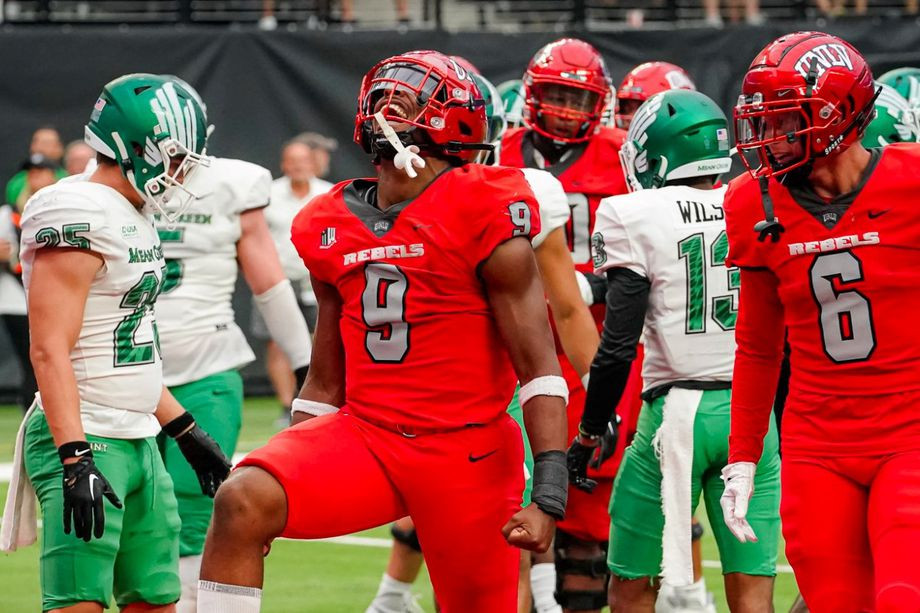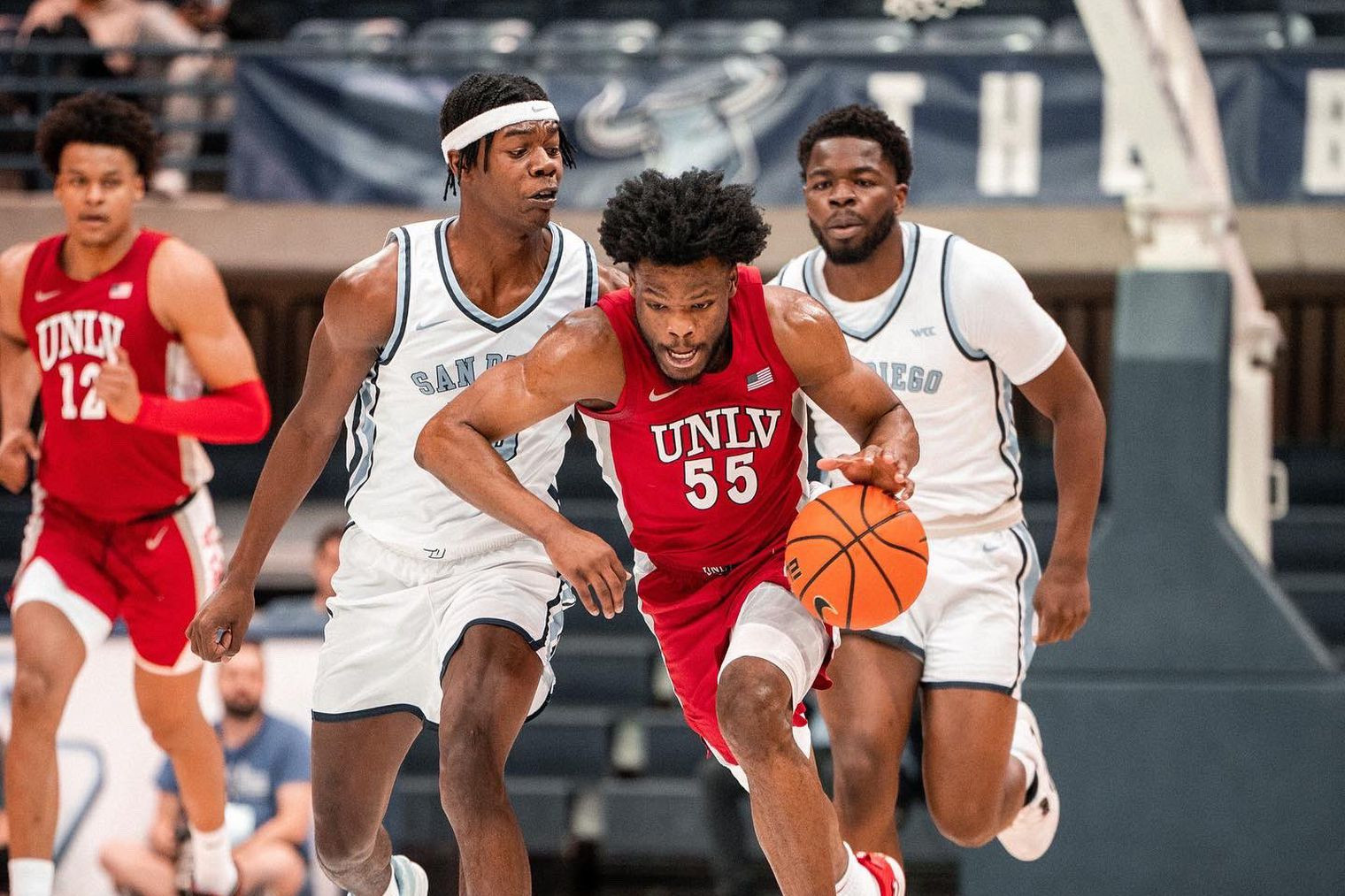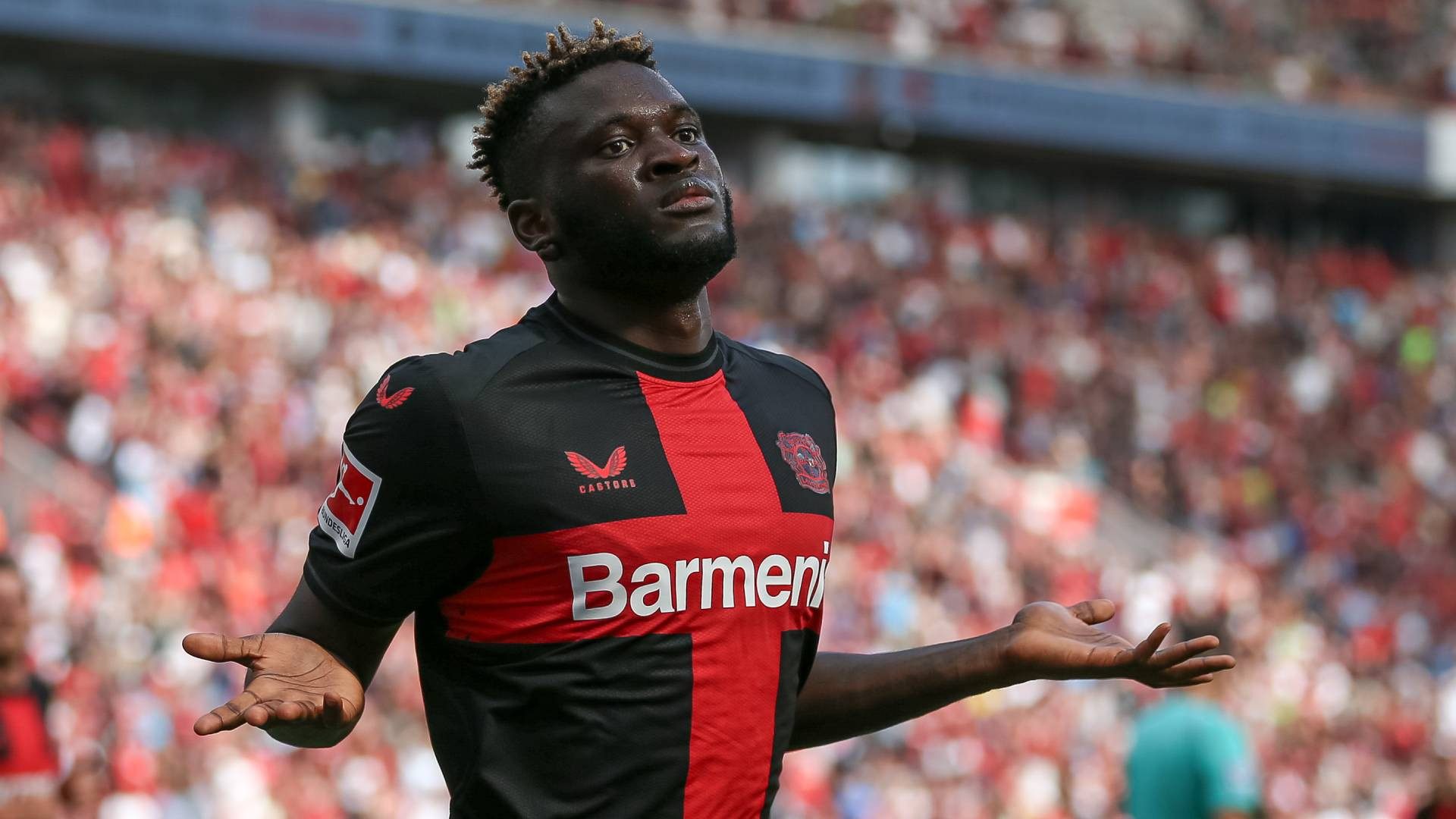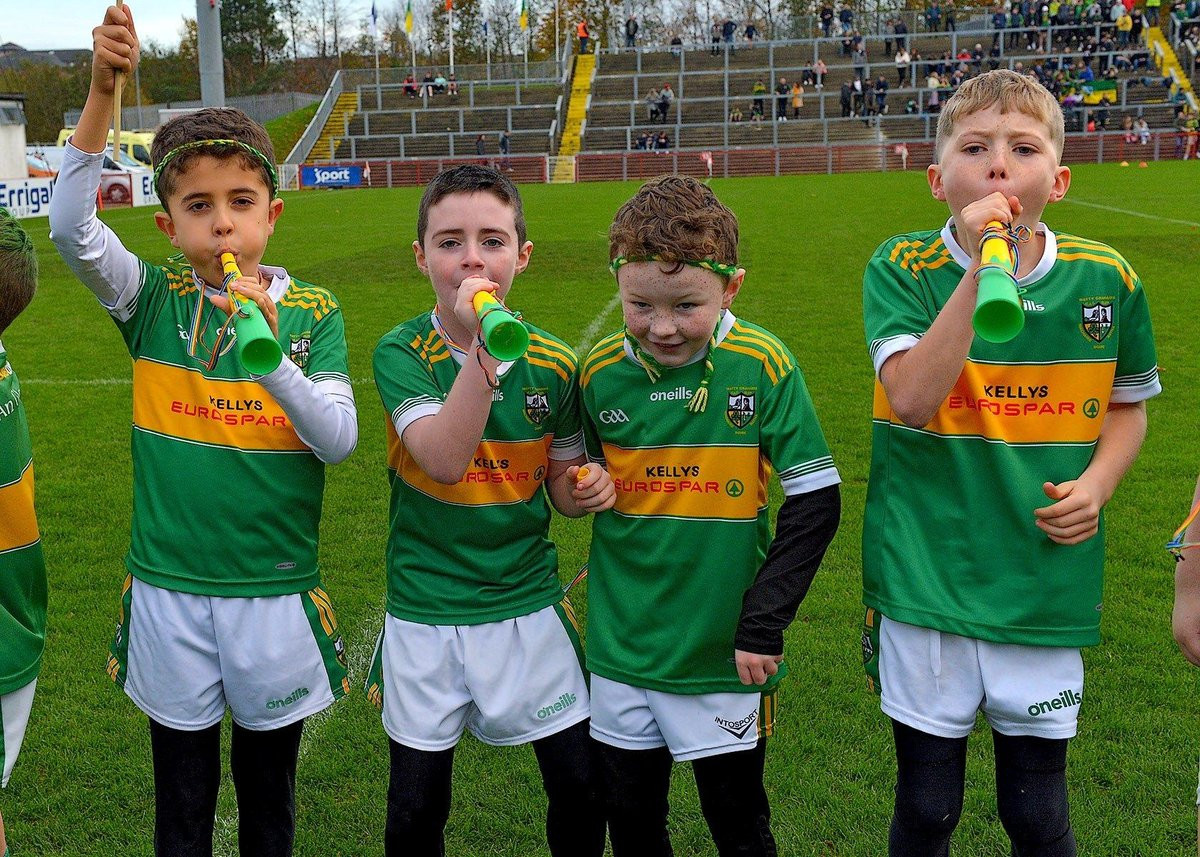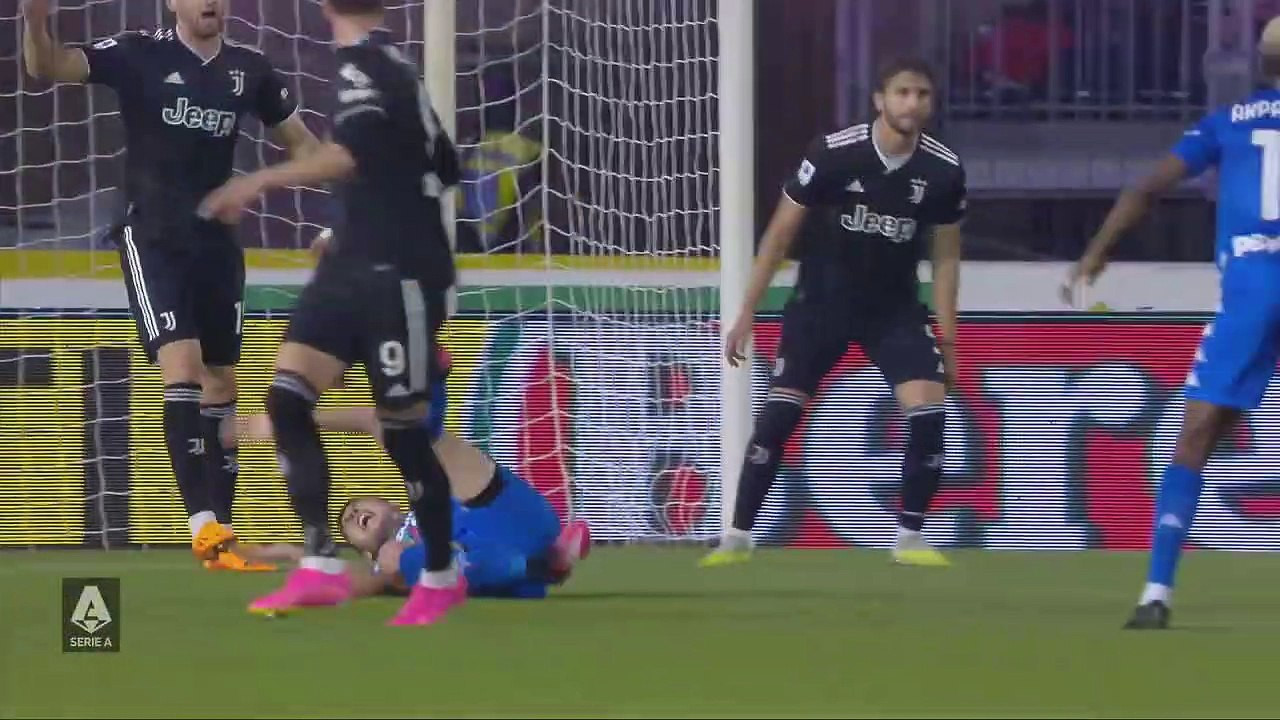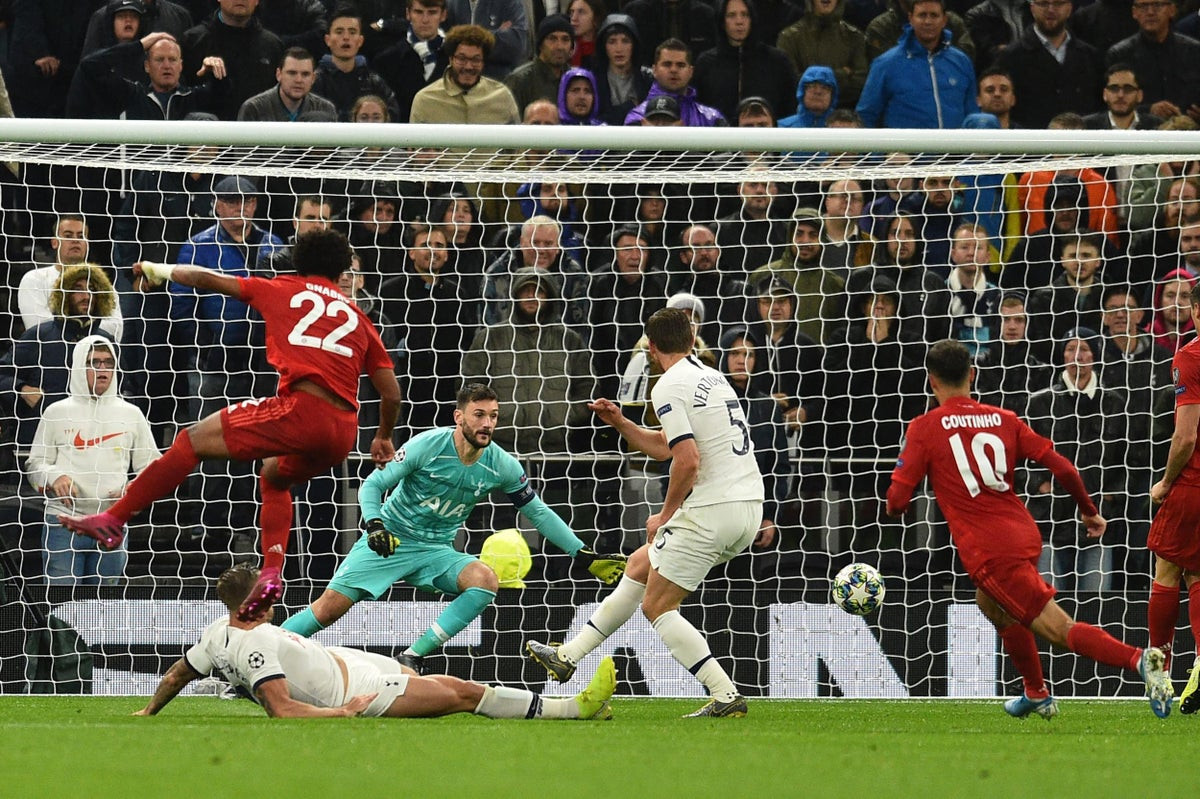Tony Sanchez’s desk inside the Lied Athletic Complex at UNLV had papers on top of papers this afternoon in the mid-to-late 2010s. One caught my eye.
It was a report examining the university’s prospects to upgrade conference affiliations.
Sanchez, the former UNLV football coach, was always looking at the bigger picture — new training complex, new stadium and a new, lucrative conference in which to compete.
He had a hand in accomplishing two of those missions before leaving in 2019, but the dream of finding a better league is still a work in progress for university officials.
The Rebels are still deciding whether to remain in the Mountain West Conference or accept an invitation to join the reconstituted Pac-12 Conference. UNLV would be wise to stay put.
Remember, the goal is to get invited to be part of a lucrative league like the Atlantic Coast Conference, Big Ten, Big 12 or Southeastern Conference. It’s not to pay $17 million in exit fees that the university hasn’t budgeted for to leave the Mountain West for a lateral move into the Pac-12. (The Pac-12 on Tuesday filed a federal antitrust lawsuit against the MWC challenging the exit fees the MWC is seeking from departing schools and poaching fees that were part of the MWC’s scheduling agreements with Oregon State and Washington State, the lone two Pac-12 members this season.)
And it’s not like the Pac-12 is in love with the thought of having UNLV, initially only inviting Boise State, Colorado State, Fresno State and San Diego State from the Mountain West. Utah State bolted Monday, forcing UNLV officials to reexamine the university’s commitment to the Mountain West.
That seems like an easy decision: Stay.
Utah State and Fresno State are nice midmajor schools, but they certainly don’t scream greatness with small media markets, average facilities and so-so athletic programs.
Beating Fresno State basketball doesn’t enhance your NCAA Tournament résumé. Playing a football game in Logan, Utah, doesn’t seem like must-watch television viewing.
As crazy as it sounds, UNLV needs to continue to be patient in realignment and wait for the right time to move. In the interim, it needs to work on itself through investing in its programs.
Invest in the Programs
Use the money to keep football coach Barry Odom here long-term and give him a blank check to continue working his magic — more money for recruiting and coordinators, namely. A winning football program will be more enticing to fans (hello revenue!) and other universities on the conference merry-go-round.
College athletics are mostly about football, from the game day experience to the quality of the program. UNLV is starting to get up to speed thanks to Odom — and the new training complex and stadium. The Rebels are ranked for the first time this season after winning nine games in 2023.
Basketball needs to win, and win now. A legendary program can’t go a decade with mediocre play and without sniffing the NCAA Tournament. UNLV basketball is still a national brand that any league would love to have, but only if it’s winning.
Conference Instability
Let’s not forget: Realignment is a constant in this day and age of collegiate sports, meaning UNLV needs to be ready for the next round by enhancing its programs. Another conference shakeup is coming sooner than later.
The prospects of first-year ACC programs Cal and Stanford continuing in that league seems comical. Stanford traveled from Northern California to upstate New York last week to face Syracuse in a league game. And the Big 12 is way too big at 16 members.
The Television Revenue Factor
Yes, being in those leagues provides a bump in television revenue. The Big Ten’s television rights gave each of its member schools $60 million last year.
The Pac-12, Grimala reports, hopes to negotiate a television deal worth $10 million to $12 million annually for each of its schools. Of course, no deal is in place. The Mountain West’s deal only pays $5 million to $6 million to create the latest debate.
If UNLV is going to compete in a lower-tier league, why doesn’t it do so in a league with more television revenue? The answer is simple: The Pac-12 doesn’t have a deal in place; the Pac-12 also has seven members.
The Mountain West isn’t much better with UNLV, UNR, Air Force, New Mexico, Wyoming and San Jose State remaining. Hawaii is a member for only football.
The limbo is detrimental to all programs. After all, recruits don’t want to commit to playing in a league that is two universities shy of the requirement of nine football-playing schools to be recognized by the NCAA as a conference.
UNLV Holds the Cards
UNLV is in the driver’s seat in that multiple leagues want it. Check that, need it.
For the Mountain West, keeping its most notable university is the first step in salvaging the league. After all, being in Las Vegas is good for business.
For UNLV, remaining in the Mountain West is the more affordable option that gives the Rebels a chance to grow. They’d, after all, be the league’s premiere brand.
[email protected] / 702-990-2662 / @raybrewer21




